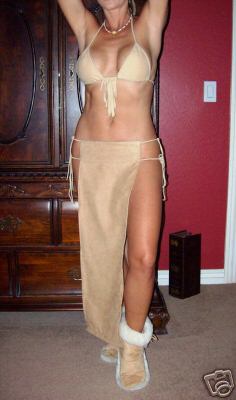Q: I hang my head because I tend to cheerlead too much, I think. . . Do you suppose you could give us some things to start with if we are recovering cheerleaders and want to be better crit partners?
A: If you do cheerlead, at least be specific. 'I love the way you described the sound of his gargling' or 'The way you show your ninja hero's weakness by having him insist on a night light makes him much more interesting to me' is a lot more useful than 'Oh, you're such a good writer.'Here are a few place to start in critiquing a novel.
Setting: Is there a strong sense of place? Do we know when and where the action of each scene is taking place? Are most of the senses engaged -- do we know what this place smells, sounds, feels like? Is the woolen coat the girl wears rough under the hero's fingers?
And, this is the big question, are the characters acting against the backdrop of setting? 'Harold always ate his dinner at the table in the center of the room. It was covered by a red tablecloth with a small burn spot.
Or are they interacting with the setting? (much better) "Harold carried his microwaved TV dinner to the table in the center of the room. As always, he positioned the plastic dish to cover the burn Matilda's cigar had left in the red tablecloth."
Characters: Are the main characters real, fully developed people with a past? What do they want to achieve? What stands in their way? Are they likable or at least interesting so that readers will want to know what is going to happen to them?
Dialogue: Does the dialogue sound like real people talking? (Hint -- most folks in speaking use contractions - "I (
Show, Don't Tell: Is the author telling the reader things that the characters should be showing the reader?
'
'The knuckles on Horace's clenched fist were white but his face was a deep red. Without warning, he smashed his fist through the dry wall.' That's Show. See the difference?
Odds and Ends :In my classes, I generally suggest that we not focus on typos, misspellings, punctuation, or grammar. I make these corrections on the hard copy but don't take up time in class with the basics.
I do, however, address the all too common misuse of its/it's and the difference between lie and lay. Just as I did in this post a few years ago.
And one last tip. I think it's a mistake to critique work on the basis of the author reading aloud. Unless, of course, you're critiquing performance. The thing is, a good reader can make mediocre writing sound better than it is and a bad reader can make great writing sound like . . . that stuff you step in.
.























No comments:
Post a Comment